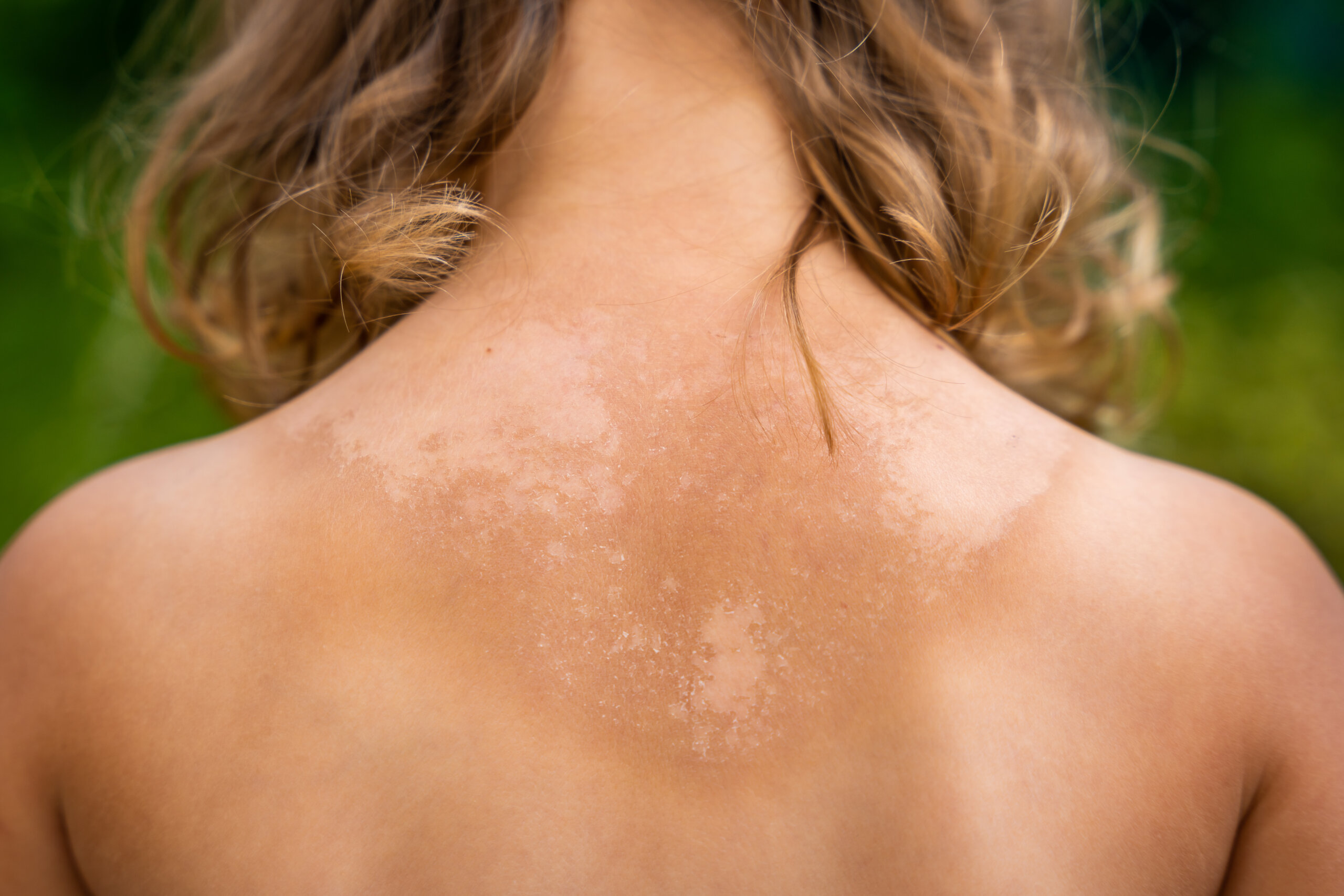Sunburns never feel good, but severe burns that cause blisters are especially painful and may lead to various complications, including infection and scarring. According to Dr. Tamara Hill of U.S. Dermatology Partners Granbury, Texas, “Every sunburn causes immediate damage to the skin as well as long-term cellular damage, including accelerated signs of ages like fine lines and wrinkles as well as skin cancer. It’s essential to prevent sunburn whenever possible and treat sunburns quickly.” In this blog, Dr. Hill explains the causes of blistering sunburns, provides prevention tips, and offers recommendations for effective treatment.
Understanding Sunburn Blisters
Sunburns occur when ultraviolet (UV) rays from the sun damage skin. When it comes to sunburns, Dr. Hill says, “Most sunburns cause skin redness and a burning sensation on the surface layer of skin. While these sunburns are uncomfortable and frequent burns lead to long-term skin health concerns, they usually heal independently with simple at-home care. When sun damage reaches the deeper layers of skin, it can cause more serious side effects, including blistering. This type of sun damage is usually a second-degree burn, and it may be necessary to seek professional medical intervention as you heal from sunburn blisters. Blisters may appear quickly following sunburn, or they can take several hours or even days to develop.”
Immediate First Aid for Blistering Sunburn
Immediately following a blistering sunburn, apply after-sun lotion or aloe vera to soothe and hydrate skin. You can also apply a cold compress to the affected areas. Take anti-inflammatory medications like ibuprofen to manage swelling and discomfort. Minimize additional sun exposure as much as possible. When outside, ensure you apply sunscreen and keep damaged skin covered. For the blisters from sun damage, Dr. Hill advises:
- Don’t pop blisters. Leave them alone and allow them to drain and heal.
- Don’t pull off peeling skin or the flap of skin over a blister after it drains. Keep the area clean and moisturized, and allow it to heal naturally.
- Over time, the blister will drain. Once it begins to drain, keep it clean with gentle soap and water. Apply petrolatum (petroleum jelly) over the healing blister and cover it with gauze or a bandage.
- Only apply petroleum jelly to the blisters not the other sunburned skin. When petrolatum and other barrier creams are applied to sunburned skin, they trap in heat, causing increased discomfort.
Over-the-Counter Treatments and Medications
Following a blistering sunburn, you should take the following steps for the best sunburn relief:
- Start with a soothing shower. Use cool or lukewarm water and gently clean your skin, removing sunscreen, sweat, and oils from the day.
- Carefully apply a whole-body lotion to damp skin.
- Over sunburned areas, use aloe vera or an after-sun lotion. You may also want to use a hydrocortisone cream to promote healing.
- Apply a cold compress or ice pack to burned skin for about 20 minutes at a time. This soothes pain and cools burned skin.
- Drink plenty of water. Dehydration is a common side effect of moderate to severe sunburn. Staying hydrated encourages skin healing.
Prevention Tips for Future Sunburns
The best option for sunburns is always prevention. Dr. Hill says, “According to the Skin Cancer Foundation, having just five sunburns doubles your risk for developing melanoma, which is the type of skin cancer most likely to be fatal. Prevention is essential! However, don’t forget that melanoma has a 99% survival rate when detected early, so make sure to perform monthly skin cancer self-checks and report any changes or irregularities to your dermatologist immediately.” Below, Dr. Hill provides recommendations for preventing sunburns and other types of skin damage related to UVA/UVB exposure:
- Apply sunscreen – daily use of broad-spectrum sunscreen with an SPF of 30 or higher is essential. Apply to all areas of skin exposed to sunlight before leaving the house and reapply throughout the day as needed.
- Limit exposure – avoid excessive or prolonged sun exposure, especially during peak hours between 10 am and 4 pm.
- Wear protective gear – rash guards, hats, sunglasses, gloves, and other sun-protective clothing and coverings limit the amount of damage caused by sun exposure.
- Take sun breaks – if you’re going to be outdoors for a prolonged period, take regular breaks from the sun by seeking shade or going inside every few hours. You can take that opportunity to reapply your sunscreen.
Knowing When to Seek Medical Help
In most cases, at-home care is adequate to address the symptoms of sunburn and allow skin to heal. However, there are times when a medical professional should treat sunburns, especially those that blister. Seek dermatologic or other medical intervention if you notice any of the following:
- Blistering on the face or genitals – skin in these areas is thinner and at risk for infection, scarring, and other concerns.
- Blistering on the hands – our hands come in contact with many bacteria and other germs and grime all day. Blisters on the hands are more likely to burst, take longer to heal, and become infected quickly.
- Signs of infection – if you have signs of infection like fever, nausea, swelling, or red streaks running from the blisters, seek medical intervention as soon as possible.
- Eye pain and vision changes – sunburn blistering on the face can damage nerves or cause eye health issues. Consult a doctor immediately if you notice any changes to vision or pain around the eyes accompanying a severe sunburn.
- You’re worried – if you feel like blisters or sunburns aren’t healing well, symptoms get worse, or you’re just concerned and would like a professional’s advice, don’t hesitate to reach out for an exam and treatment.
Don’t Wait: Treat Blistering Sunburns Right Away!
Dr. Hill states, “Untreated sunburns can be painful and take a long time to heal. Start addressing symptoms and moisturizing skin at the first signs of a sunburn. When in doubt, contact your dermatologist. They can walk you through options for treating sunburns and let you know when it’s time to come in for more advanced treatment.”
Consult with a Dermatologist
Whether you’ve had multiple blistering sunburns or this is your first one, the risk for skin health concerns, including cancers, is higher after each burn. Dermatologists provide healing treatments during blistering sunburns, provide personalized tips for preventing severe burns in the future, and check the skin for signs of more serious damage. If you’re interested in getting started working with the U.S. Dermatology Partners team, please don’t hesitate to get in touch. You can schedule a visit with our knowledgeable dermatology staff online by completing our simple request form. We look forward to hearing from you soon.
Find a location near me
or


